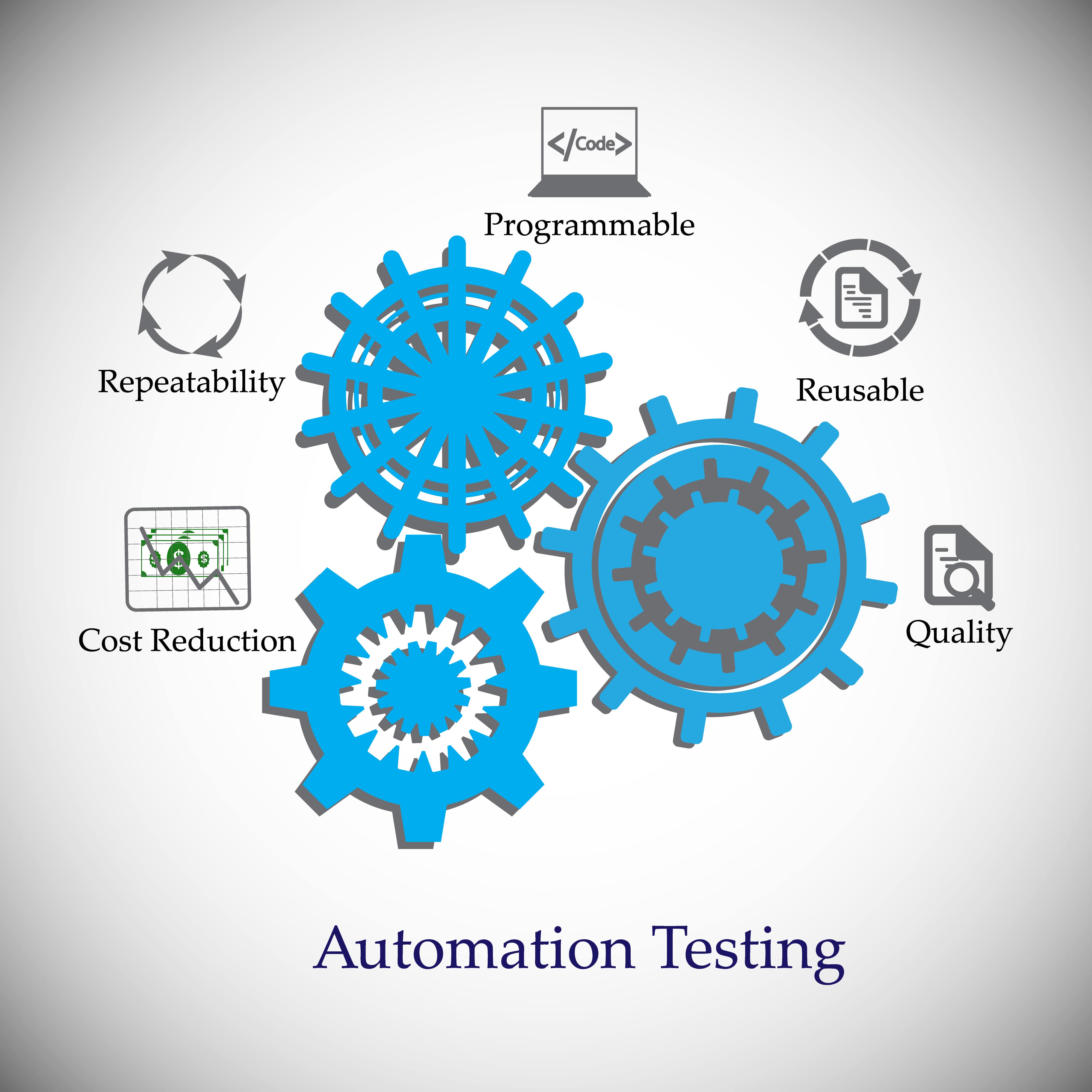The Ultimate Guide to Implementing Automation Testing Successfully
The Ultimate Guide to Implementing Automation Testing Successfully
Blog Article
From Handbook to Automated Screening: A Comprehensive Overview to Transitioning Efficiently and Successfully
In the realm of software screening, the shift from guidebook to automated processes has actually become a progressively essential change for companies seeking to improve efficiency and accuracy in their screening practices. The journey from handbook to automated screening is not without its difficulties, yet when come close to tactically and with a clear strategy in mind, the benefits can be substantial.
Advantages of Automated Evaluating
Automated screening provides countless advantages, boosting efficiency and precision in software growth processes. Automated tests can be run concurrently on numerous devices and running systems, substantially speeding up the screening phase contrasted to manual testing.
In addition, automated screening makes sure a higher level of accuracy in discovering issues. Considering that automated tests comply with predefined manuscripts, human mistake is minimized, causing more trustworthy examination results. Consistency in screening is also boosted, as automated examinations implement the same actions specifically each time they are run. This uniformity is crucial in ensuring that all performances of the software application are completely tested, reducing the probability of undiscovered insects slipping with to manufacturing.
Selecting the Right Tools

Firstly, evaluate your goals and requirements. Recognize the range of your task, the modern technologies involved, and the skill set of your group. This analysis will assist you figure out the capabilities and functions you call for in your testing tools.
Secondly, consider the compatibility of the devices with your existing processes and systems. Smooth integration with your existing software application advancement lifecycle is necessary to make sure a smooth change to automation.
Additionally, review the scalability and versatility of the tools. As your testing needs progress, the tools ought to be able to adjust and suit modifications properly.
Last but not least, factor in the assistance and community around the devices. When implementing automated testing, durable support and an energetic user area can offer beneficial resources and help. By thoroughly taking into consideration these facets, you can select the right tools that straighten with your requirements and set the stage for a successful change to automated testing.
Composing Effective Examination Manuscripts

When crafting examination scripts, it is vital to take into consideration the particular demands of the software program being checked and ensure that the scripts attend to all critical functionalities. Detailed and clear calling conventions for test scripts and test instances can boost readability and maintainability. Furthermore, including mistake handling systems within the examination manuscripts can help in identifying and dealing with issues quickly.
Additionally, arranging test manuscripts into modular components can improve check my site reusability and scalability, decreasing redundancy and boosting efficiency in test manuscript maintenance. Routine reviews and updates to evaluate scripts are vital to equal advancing software application go to my site requirements and performances. By following these principles, testers can create effective and durable test manuscripts that add substantially to the success of automated screening procedures.
Integrating Automation Into Workflows
Efficient integration of automation tools into existing operations simplifies processes and improves performance within software application development cycles. When incorporating automation into workflows, it is critical to identify recurring tasks that can be automated to conserve time and minimize human mistake. By effortlessly incorporating automated screening tools like Selenium or Appium into the software development lifecycle, teams can achieve faster comments on code changes, leading to quicker pest discovery and resolution. This integration enables constant screening throughout the development procedure, making certain that any issues are identified at an early stage, causing greater software high quality. Additionally, automation can be utilized to cause examinations instantly after each code commit, offering immediate recognition and maximizing testers to focus on more facility situations. Appropriate assimilation of automation tools requires partnership between advancement, testing, and procedures teams to establish a unified operations that optimizes efficiency and efficiency in providing premium software.
Making Certain a Smooth Change
Efficiently transitioning to automated testing involves thorough planning and careful implementation to minimize disruptions and make best use of performance in the software growth process - automation testing. To make sure a smooth change, it is necessary to start by conducting a detailed assessment of the present testing procedures and recognizing locations where automation can bring the most substantial benefits. Involving with all stakeholders early on in the process, consisting of programmers, testers, and project supervisors, is important for gathering assistance and buy-in for the automation campaign
Interaction is key throughout this shift phase. Clear communication of the objectives, advantages, and assumptions of automated testing aids to handle any kind of resistance or concerns that may emerge. Furthermore, providing sufficient training and resources for team participants to upskill in automation tools and techniques is important for making sure a successful change.

Final Thought
To conclude, transitioning from manual to automated testing uses various advantages, consisting of raised performance and dependability. By choosing the ideal devices, writing efficient test scripts, and integrating automation seamlessly right into process, organizations can make sure a smooth and effective shift. It is important to accept automation as a useful asset in software screening processes to boost total top quality and efficiency.
In the world of Get More Info software application testing, the change from manual to automated procedures has become a progressively important shift for companies seeking to boost effectiveness and accuracy in their screening techniques. Automated examinations can be run simultaneously on multiple devices and running systems, dramatically speeding up the testing stage contrasted to hand-operated testing. Consistency in testing is also improved, as automated examinations perform the same steps exactly each time they are run.To ensure the successful execution of picked testing devices, the creation of efficient test scripts plays a crucial duty in validating the capability and efficiency of automated procedures - automation testing. By following these concepts, testers can create effective and robust examination manuscripts that contribute considerably to the success of automated screening procedures
Report this page